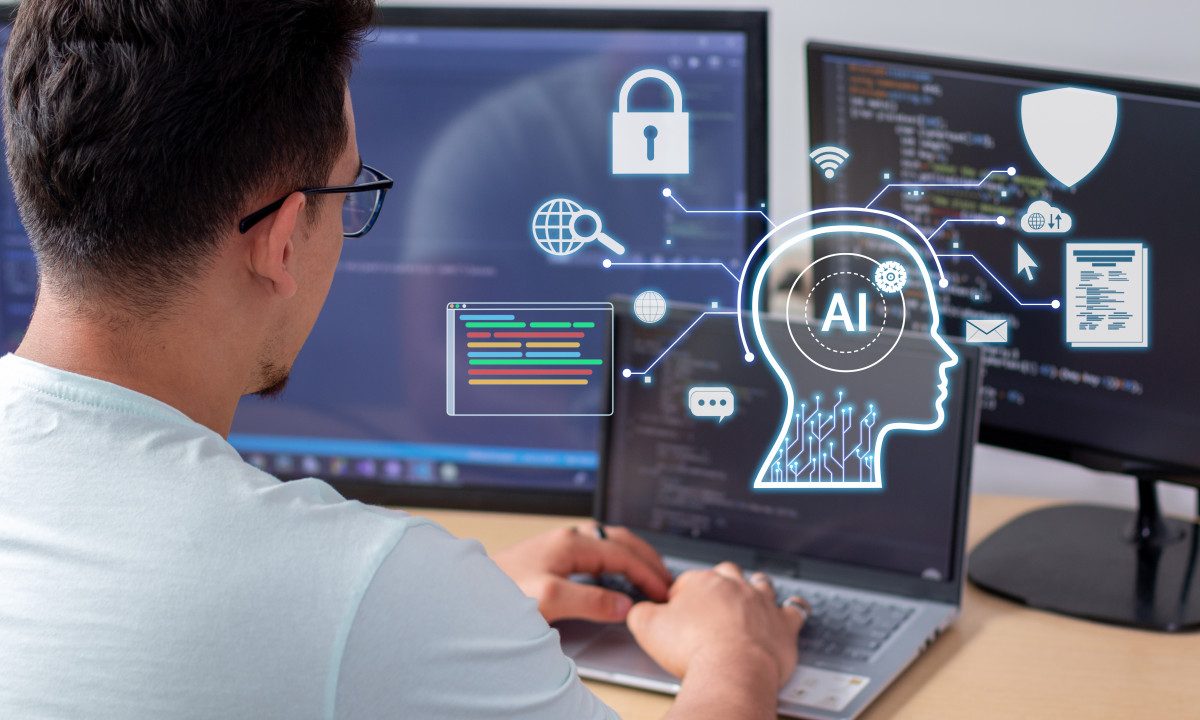Smart Home Failures: Lessons Learned from the Tech Disasters
Smart homes, while offering immense convenience and efficiency, are not without their flaws. Over the years, there have been numerous instances of smart home devices malfunctioning, causing inconvenience, security breaches, or even physical harm. By examining these failures, we can learn valuable lessons and mitigate risks in our own smart homes.
Privacy Breaches
- Data Leaks: Several high-profile cases have involved smart home devices leaking sensitive user data, such as personal information, location tracking, and even video footage.
- Unauthorized Access: Hackers have exploited vulnerabilities in smart home devices to gain unauthorized access and control, leading to privacy violations and potential security risks.
Security Vulnerabilities
- Remote Access Exploitation: Malicious actors can exploit remote access features in smart home devices to gain control and manipulate settings, potentially leading to property damage or physical harm.
- Device Hijacking: Hackers can hijack smart home devices, turning them into botnets that can be used for malicious activities like distributed denial-of-service (DDoS) attacks.
Malfunctions and Incompatibility
- Device Failures: Smart home devices can malfunction due to software bugs, hardware issues, or network connectivity problems, leading to inconvenience and frustration.
- Incompatibility Issues: Different brands and models of smart home devices may not be fully compatible, causing integration problems and limiting functionality.
Physical Dangers
- Fire Hazards: In some cases, faulty wiring or malfunctioning smart home devices have led to fires, causing property damage and potential harm.
- Security Risks: Smart home security systems can be compromised, leaving homes vulnerable to break-ins and other security threats.
Lessons Learned
- Prioritize Security: Regularly update device firmware, use strong passwords, and avoid public Wi-Fi networks to protect your smart home from security breaches.
- Be Mindful of Privacy: Understand the data collected by smart home devices and take steps to protect your privacy.
- Choose Compatible Devices: Research compatibility between different brands and models to ensure seamless integration and avoid potential issues.
- Regularly Monitor and Maintain: Keep an eye on device performance and address any issues promptly to prevent malfunctions and security risks.
- Back Up Data: Regularly back up important data to protect against data loss in case of device failures or security breaches.
By learning from past failures, we can take proactive steps to mitigate risks and ensure a safer and more reliable smart home experience.





